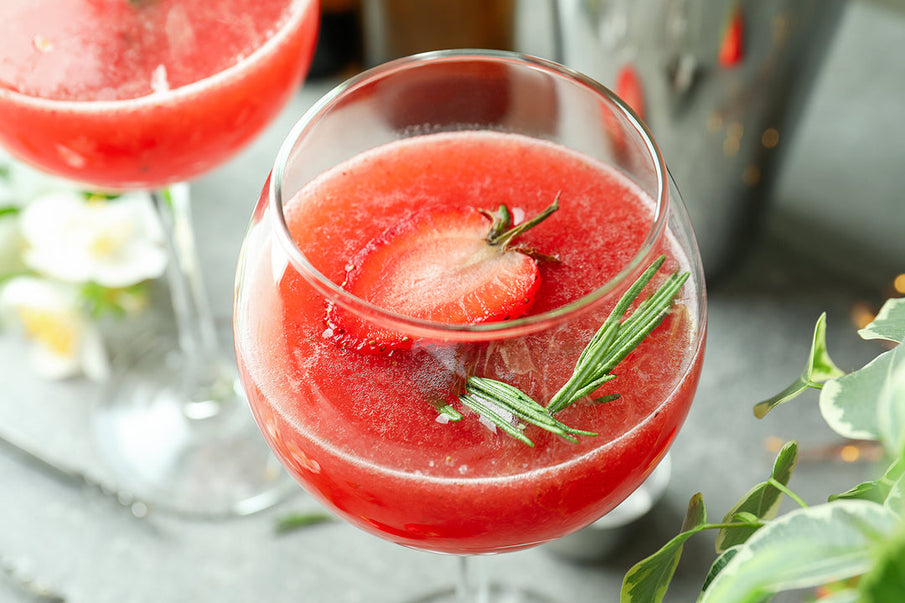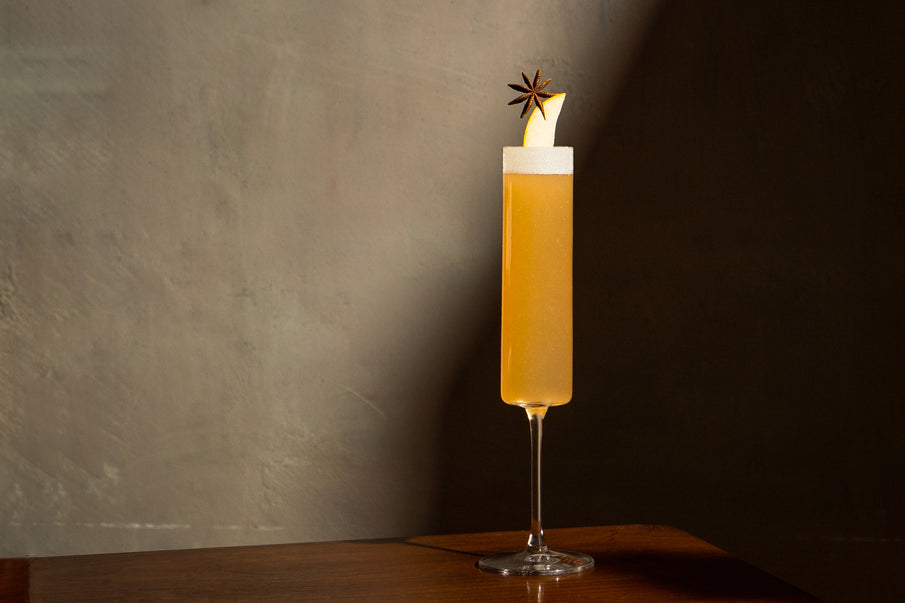Non-Alcoholic Wine in Pregnancy: A Doctor-Informed Guide to 0.0%

Pregnancy is a season of tiny milestones and quiet rituals. There’s an ultrasound pinned to the fridge, a name you try out in a whisper, a table you set for the people who have been cheering you on. If a toast is part of how you celebrate, the first choice is simple: keep the spirit of the moment and follow clear medical guidance. Public-health authorities explain that there is no known safe amount, time, or type of alcohol during pregnancy, which includes wine, so many parents-to-be reach for bottles labeled 0.0% ABV to keep the ritual while removing the alcohol (Centers for Disease Control and Prevention).
Table of Contents:
What doctors actually say: why labels matter
How non-alcoholic wine is made and where trace alcohol can appear
Practical choices for expecting parents
Elegant ways to celebrate alcohol-free
For partners: thoughtful gift ideas
One question we hear often
TL;DR
What doctors actually say: why labels matter
With that in mind, the label becomes your compass. In everyday retail language, “non-alcoholic” can mean up to 0.5% ABV, while 0.0% ABV indicates no alcohol. If you want the ritual without alcohol, choosing a bottle clearly marked 0.0% aligns with the medical advice and lets you focus on the moment, not the fine print.
How non-alcoholic wine is made and where trace alcohol can appear
Once you know your number, it helps to know how a wine becomes 0.0%. Producers begin with real wine, then remove alcohol using gentle techniques that protect aroma and texture. Spinning cone systems and reverse osmosis separate and safeguard delicate aromatics before recombining them, while vacuum distillation lowers the boiling point so alcohol can be removed at reduced temperatures. Sparkling styles are finished with precise CO₂ to restore a lifted, fine bead. Some beverages labeled “non-alcoholic” are made to the under-0.5% threshold, which is why the final ABV printed on the bottle guides your choice.
For a plain-language primer on process and taste, you can read our explainer What Is Dealcoholized Wine? →
U.S. labeling laws add useful context for shoppers. Wines at or below 7% ABV follow FDA-style food labeling, which is why quality zero-alcohol bottles often include ingredients and nutrition panels. The TTB points to FDA rules for these products, and the FDA Compliance Policy explains terms such as “dealcoholized,” “alcohol-removed,” and “non-alcoholic.” For a deeper background on alcohol exposure in pregnancy, the National Institute on Alcohol Abuse and Alcoholism offers a concise overview.
Practical choices for expecting parents
By this point, the aisles should feel calmer. You are not trying to memorize every term, just letting a few cues guide you.
- Choose your number. If you want to avoid alcohol entirely, look for 0.0% ABV on the front label or product page.
- Prefer transparency. Wines at or below 7% ABV use FDA-style panels, so you can scan ingredients and nutrition facts as you would any food product; that extra clarity is part of why many shoppers can feel more confident with 0.0% (TTB).
- Match style to the moment. Brut-leaning 0.0% complements savory courses, while rosé sings with fruit desserts and toasts.
- Keep your clinician in the loop. If you have specific questions, the CDC’s one-page handout is a straightforward conversation starter.
A brief note on sensitivities: Because sub-7% wines use FDA-style panels, you can check for botanicals, colorings, or allergens. If pregnancy has made you more reactive, choose simple formulations and ask your clinician about any concerns (TTB).
Explore truly 0.0% Italian sparkling →
Elegant ways to celebrate alcohol-free
With your chosen bottle in hand, the rest is hosting. Our Celebrate recipes are inspired by classic Italian aperitivi and tested to be effortless at home. Pantry-friendly ingredients, a few fresh touches, and Prima Pavé 0.0% bubbles give each sip texture and lift to fit your scene.
Serve zero-alcohol sparkling well-chilled in tulip or flute-style stems, or stir a grown-up mocktail that feels festive rather than sweet.
Serving tip: Reseal sparkling with a good stopper and refrigerate; enjoy at its most vibrant within one to two days. If friends are curious about the health guidance, a neutral overview from Mayo Clinic alongside the CDC keeps the conversation simple and factual.
For partners: thoughtful gift ideas
If you are planning a surprise for an announcement, shower, or a quiet evening after the nursery is built, a zero-alcohol sparkling set is a graceful way to say “I see you.” Select a favorite from our Bubbles collection and add a chiller sleeve or an elegant stopper so it is ready for the first toast. Tuck in a hand-written note and a printed recipe card to make the moment feel personal and planned.
Gift our 0.0% non alcoholic wines here →
One question we hear often
Is less than 0.5% ABV okay during pregnancy?
Medical organizations advise avoiding alcohol during pregnancy. If you prefer to avoid even trace amounts, choose a bottle clearly marked 0.0% ABV and speak with your clinician for personal guidance. This stance is summarized for patients on the CDC’s page and reinforced across obstetric resources from ACOG.
TL;DR
Choose 0.0% ABV if you want the ritual without alcohol. Chill well, match the style to your menu, and enjoy the moment with confidence. The guidance from public-health and obstetric leaders is consistent, which is why 0.0% bottles are a clear path to a beautiful toast (CDC, ACOG). As always, speak with your clinician for personalized guidance.




